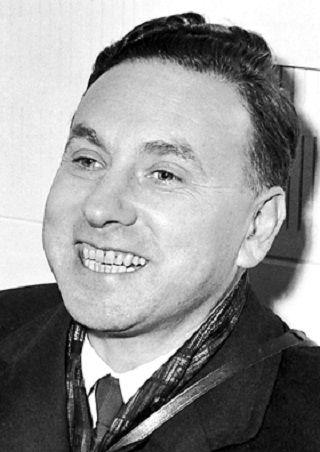Levelized Cost of Energy from Renewables Is Coming Very Close To That of Fossil Fuels

That’s a clever point. It’s not hard to see the attraction of working in an arena where our ideas are either true or false, and have their confirmation in things we can see with our own two eyes.
Among the laws of physics as they apply to the challenge of generating clean energy here on Earth, perhaps the most important is the conservation of energy; you’re not going to get more energy out of something that was put into it in the first place. This, of course, is what makes solar energy in all its various forms (PV, concentrated solar power, wind, ocean thermal, biomass, run-of-river hydro, etc.) so attractive—we receive 6000 times more energy from the sun each day than all of us together are consuming. I.e., all we need is a set of practices that harnesses the minuscule fraction 1/6000 of the sun’s energy and we’re home free.
And we’re actually not too far from getting there. It’s not as if the cost of renewable energy is 10 times that of fossil fuels; we’re really knocking on the door of grid parity (the point at which the levelized cost of energy from renewables and fossil fuels are equal) right now.
Let’s stay focused and get this done.
